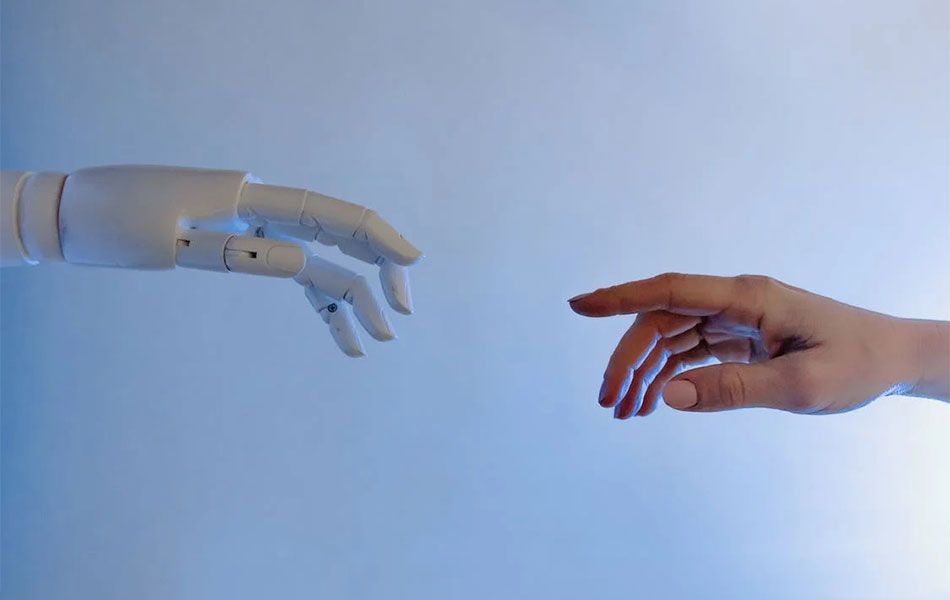

Cloud computing is likely to continue to be a significant trend as more and more companies move their operations to the cloud. Similarly, the increasing adoption of artificial intelligence and machine learning is expected to drive the development of new applications and technologies in various industries.

Many companies are moving their software and data to the cloud to benefit from its scalability, reliability, and cost savings.
Several key trends in cloud computing are expected to become more prominent soon. It includes the increasing use of hybrid working, a focus on sustainability in the cloud, the adoption of artificial intelligence (AI) driving growth in the cloud, more enterprises adopting sovereign clouds, the maturation of XaaS (everything as a service), the growing importance of FinOps (financial operations in the cloud), and the adoption of cloud-native strategies.
Many organizations have already recognized the benefits of moving to the cloud, including leveraging advanced technologies such as AI and machine learning, gaining a competitive advantage, and providing a secure environment during economic uncertainty. It is becoming significantly important for businesses to make the transition to the cloud.
The cloud computing industry will likely create significant changes in the coming year as cloud service providers update their offerings and businesses make strategic decisions to stay competitive. However, it is clear that once an organization has moved to the cloud, it is unlikely to return to a non-cloud setup.
These technologies are being increasingly used to analyze and interpret large data sets and to automate tasks that humans previously did.
A closer learning of its technological underpinnings driving these applications shows several poignant findings affecting their sway on enterprise AI for the New Year, which are its
In many ways, Generative AI has already proven to be a powerful tool for enterprise applications of machine learning and artificial intelligence, particularly in natural language generation (NLG). However, it is important to consider combining generative AI, which often relies on deep neural networks, with other traditional approaches such as machine learning, symbolic AI, and graph technologies. This combination can enhance the productivity of generative AI and result in more transparent and reliable AI applications for key business use cases.
This technology, which underlies cryptocurrencies such as Bitcoin, is being explored for various applications beyond digital currencies. For example, it is used to build decentralized applications (dApps) and create secure, transparent supply chain and logistics systems.
Many experts believe that the adoption of Web3 technology, including blockchain, will increase in 2023 as more people recognize its numerous advantages over traditional systems. These benefits include improved security and transparency, lower costs, faster transactions, and more efficient storage. Other things about it are:
The IoT refers to the growing network of connected devices equipped with sensors that can communicate with each other with the internet. This trend is driving the development of new software and hardware solutions for managing and analyzing the data generated by these devices. From its security, its opportunity for Healthcare Thing, and even governance. The Internet of Things (IoT) significantly impacts the manufacturing supply chain and other industries, such as healthcare. However, for the IoT industry to continue growing at its current pace, it will need to address significant cybersecurity and data privacy concerns.
Obviously, as the number and complexity of software systems continue to grow, so do the challenges of securing them against cyber threats. As a result, there is a strong focus on developing and implementing effective security measures and best practices.
It is difficult to predict which trends will continue and which new trends will emerge in the software and blockchain world in 2023. However, with the industry's current state, many of the rages will likely continue to be important in the coming years.